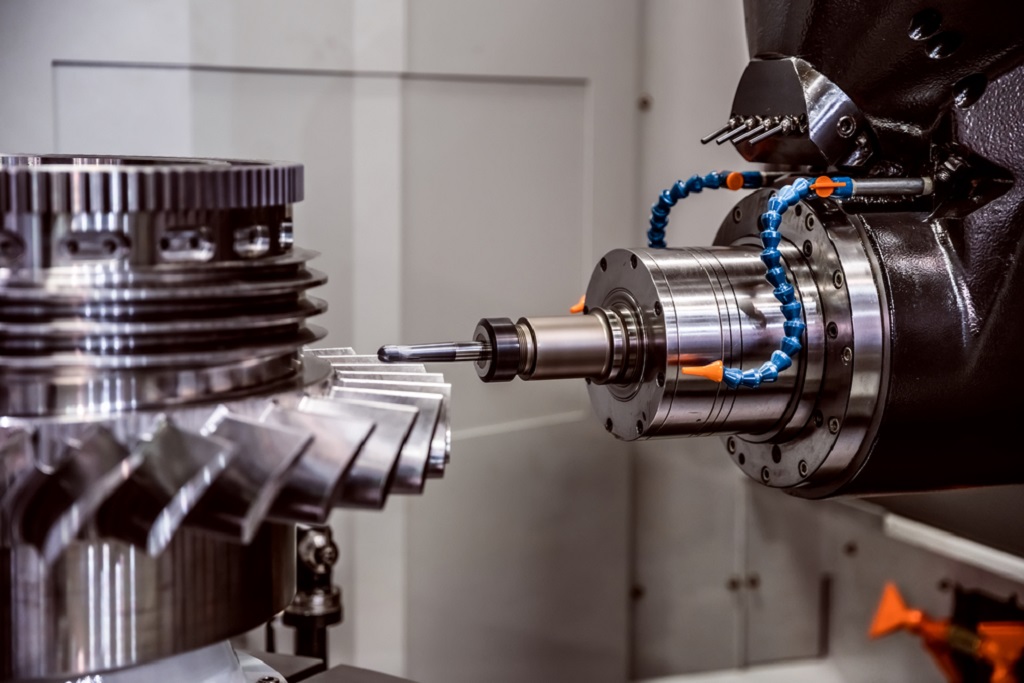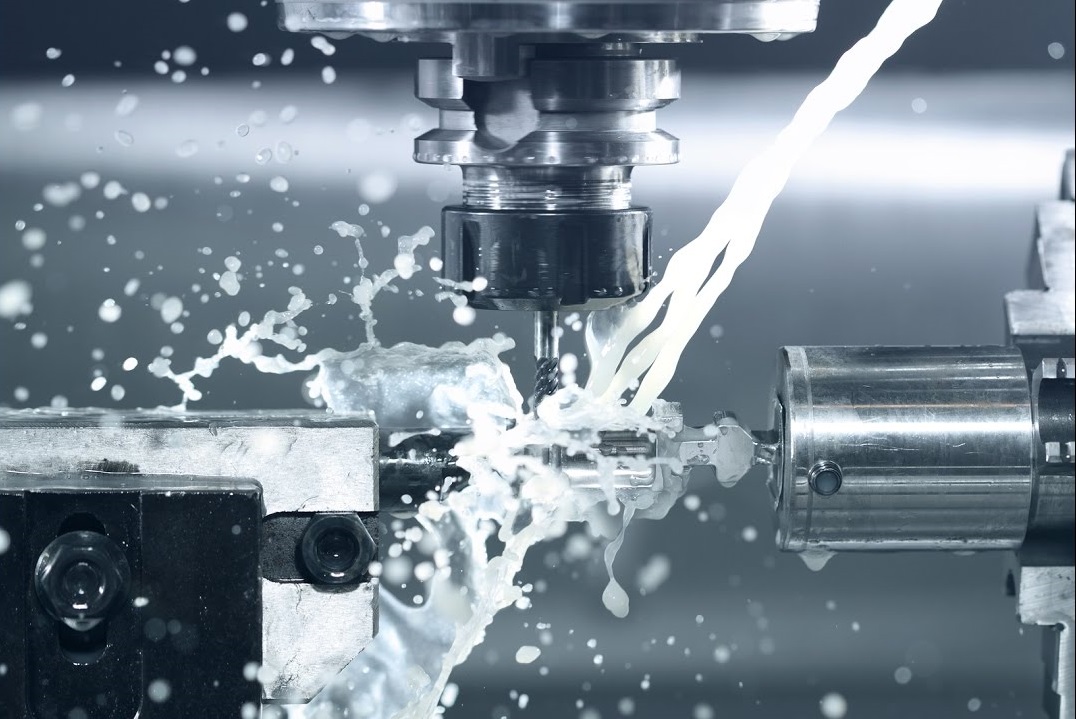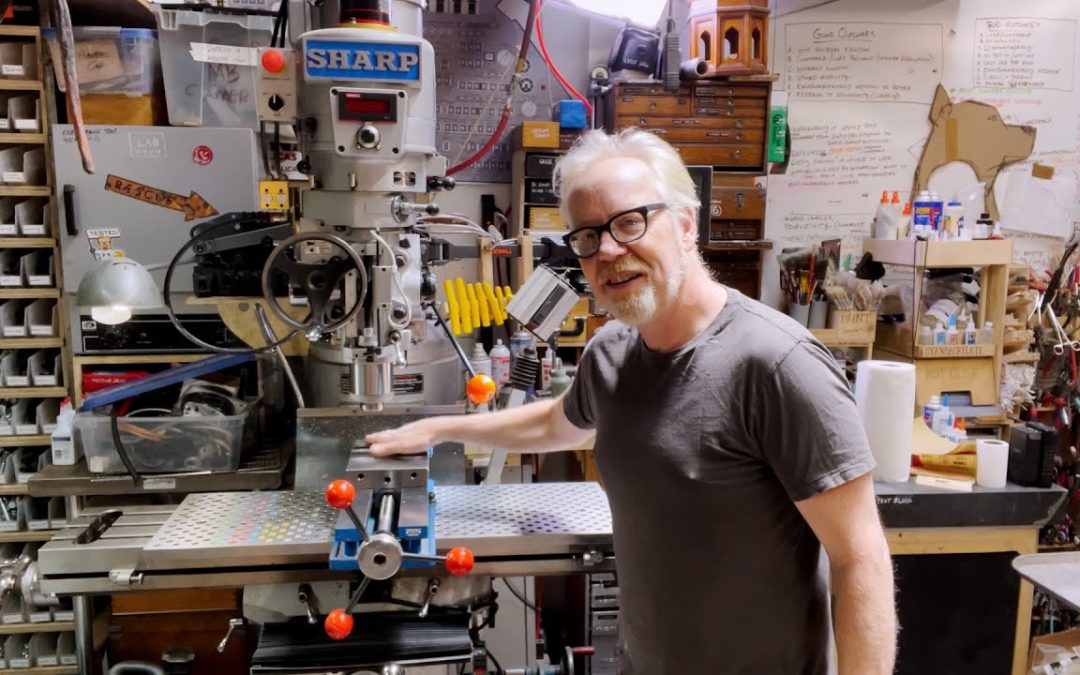The question ‘what is a gib on a milling machine?’ is a common one among industry QA professionals and machining enthusiasts. Understanding the gib is essential to mastering the technology of milling machines. In this comprehensive guide, we will explore the components, functions, and importance of gibs in these machines.

The Role of Gibs in Milling Machines
At the heart of a milling machine’s precision lies a seemingly small yet crucial component known as the gib. GIb’s role in ensuring accuracy and stability cannot be overstated. By maintaining tight tolerances and preventing unwanted movements, gibs help produce high-quality machined parts.
Construction and Types of Gibs
Gibs are typically made from durable materials like cast iron, steel, or aluminum. There are two primary types: tapered and straight. The choice of gib depends on the specific requirements of the milling machine.
Tapered Gibs
Tapered gibs are characterized by their slight taper, which allows for minute adjustments to be made. They are commonly used when fine-tuning is required.
Straight Gibs
Straight gibs are generally used in applications where sturdiness is prioritized. They provide a solid, reliable setup for milling operations.
Setting Up and Adjusting Gibs
Properly setting up and adjusting gibs is critical for optimal milling machine performance. A misadjusted gib can lead to machining errors and reduced operational efficiency.
Initial Setup
During the initial setup, ensure that the gib fits snugly within its designated slot. This eliminates unnecessary play and increases stability.
Fine Adjustments
Fine adjustments to the gib can be made using adjustment screws. This typically involves loosening lock nuts and incrementally adjusting screw positions to achieve the desired fit.
Maintaining Gibs for Longevity
Regular maintenance helps prolong the life of gibs and maintain their functionality. Lubrication, cleaning, and periodic inspections are key practices.
Common Issues and Troubleshooting
Gibs can face several issues including wear, alignment problems, and thermal expansion. Identifying and addressing these problems promptly is crucial for maintaining high-precision machining.
Wear and Tear
Over time, even the most robust gibs can experience wear. Regular inspections and replacements, when necessary, are vital for continued performance.
Alignment Problems
Poor alignment can lead to inconsistent machining results. Ensuring that the gib is properly aligned during setup can prevent many common issues.
Technology and Innovations
Recent advancements in milling machine technology have led to significant improvements in gib design and functionality. These innovations contribute to greater precision and efficiency in machining operations.
Smart Gib Systems
Advanced smart gib systems now feature automated adjustment capabilities, simplifying the setup process and enhancing overall accuracy.
Material Enhancements
Innovations in material science have resulted in gibs that are more resilient to wear and thermal expansion, further extending their operational lifespan.
Importance for Industry QA Professionals
For industry QA professionals, understanding gibs and their role in milling machines is imperative. Gibs play a critical part in ensuring product quality and consistency, making them indispensable in quality assurance processes.
Practical Applications
Gibs find applications across various sectors including aerospace, automotive, and electronics. Their ability to maintain precise tolerances makes them essential for high-stakes machining processes.

FAQs
What is a gib on a milling machine?
A gib is a component used in milling machines to ensure accuracy and stability by maintaining tight tolerances.
How do you adjust a gib?
To adjust a gib, use the adjustment screws and lock nuts, making incremental adjustments to achieve a snug fit.
What materials are gibs made from?
Gibs are typically made from durable materials like cast iron, steel, or aluminum.
For more detailed information about milling machines, you can visit this milling machines guide.
Published on: 2024-01-15
